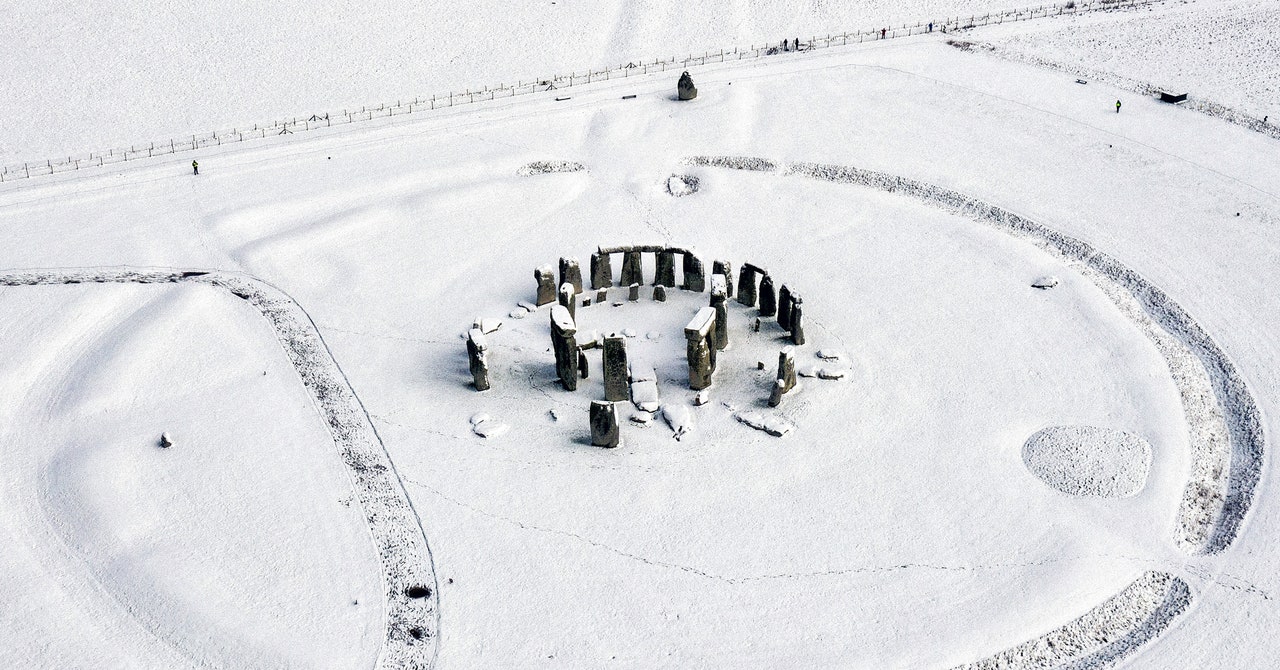In 2022, the winter solstice for the northern hemisphere happens on December 21. While not as dramatic as 2020’s conjunction of Jupiter and Saturn, the longest night of the year is a significant turning point. Astronomical winter begins, and the days gradually get longer again.
Curious why this happens? WIRED spoke with Tansu Daylan, a former Transiting Exoplanet Survey Satellite (TESS) postdoctoral associate at MIT, to better understand the winter solstice and our planet’s relationship with the sun.
To picture what is happening in space during a winter solstice, start by thinking of a giant glass ball surrounding the Earth, and let’s ignore the planet’s rotation (which complicates everything). Daylan says, “If you look at the three-dimensional sphere that’s around us, known as the celestial sphere, the sun as well as all other solar system objects move through a plane in this celestial sphere, known as the ecliptic plane.”
“While doing so, the sun changes its declination,” he says. Declination and right ascension are the two primary axes of the celestial sphere. “In this reference frame, the sun is at the most southern location when it’s the winter solstice from our perspective in the northern hemisphere.”
A winter solstice in the northern hemisphere happens when the north pole is tilted farthest away from the sun. The Arctic Circle is cloaked in darkness and experiences its longest night of the year. In the southern hemisphere, a summer solstice simultaneously happens with the south pole angled toward the sun and the Antarctic Circle experiencing midnight sun.
NASA’s online Basics of Space Flight tutorial includes a section on the celestial sphere with illustrations for anyone who would enjoy exploring the idea further.
The low position of the sun during a winter solstice will cause your midday shadow to be exceptionally long. Even though it is important to humans, a solstice does not have much meaning in regard to the larger cosmos.
“The solstices are defined with respect to the Earth-sun system, not necessarily the whole solar system. We attach a lot of meaning to it because the sun is so sacred for us, and its location on the celestial sphere, as a function of time throughout the year, is very important,” Daylan says. “It sets the climate. Throughout the year, it tells us when the crops will mature. So that’s very important, especially to historical civilizations.”










